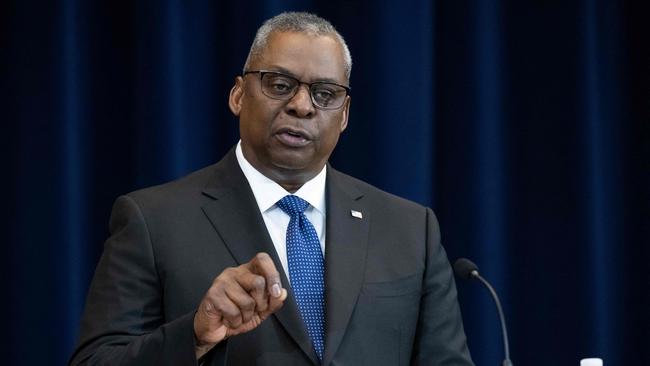
US Defence Secretary Lloyd Austin said today that America “will not allow Australia to have a capability gap going forward”.
So, after decades of dithering over a Collins-class submarine replacement, Australia will rely on the US to fill the gap between the conventional boats’ retirement and the eventual arrival of nuclear-powered subs.
The commitment, after AUSMIN talks in Washington DC, is welcome. But it’s not an ideal situation for Australia.
Details of the plan will emerge next year after the completion of the AUKUS submarine task force’s report in March.
But Secretary Austin’s assurance all but confirms Australia will make the leap to nuclear propulsion without an interim conventional submarine.
It suggests US submarines will operate from Australia, with more Australians serving aboard them.
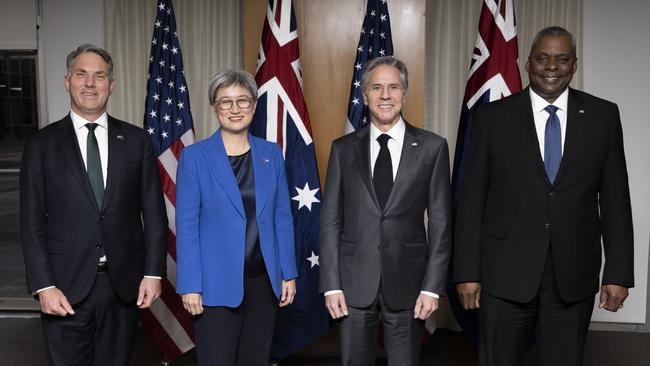
It could also mean the leasing or sale of second-hand US boats to Australia. But without the experience to run them, they will likely be US-commanded assets.
Australia will inevitably cede sovereign control over a key element of the nation’s defence capability.
The talks, between Secretary Austin, Secretary of State Antony Blinken, and their Australian counterparts Richard Marles and Penny Wong, came just days after the unveiling of America’s most potent strategic bomber yet – the B21 Raider.
Austin said there was no discussion of selling the B21 to Australia.
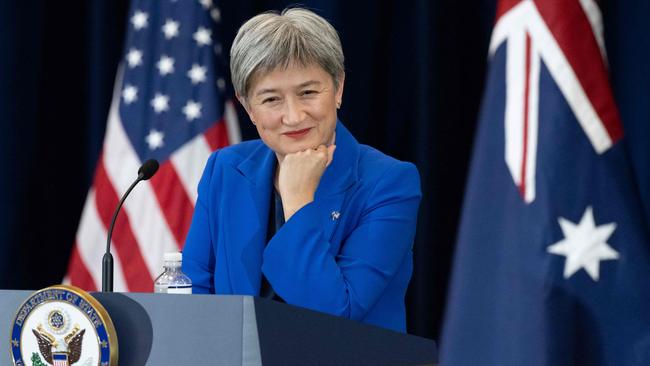
“I’d like to get the first B21 tested and fully outfitted before we have those kinds of discussions,” he said.
Fair enough.
But he hinted the B21 could rotate through Australian bases in the future, offsetting Australia’s submarine capability gap.
As Austin said: “It is a very, very capable platform. And I think it will provide tremendous capability to our joint and combined efforts.”
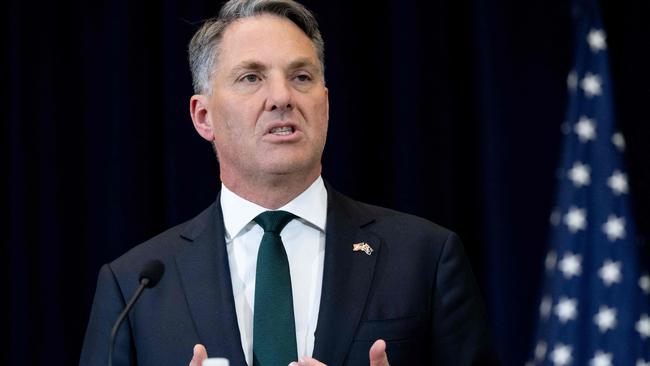
They committed to a step-up in such rotations, with the allies “to identify priority locations in Australia to support enhanced US force posture”.
Australian bases will have their runways upgraded and get more fuel and ordnance storage, to accommodate US fighters and bombers.
The US Army will join the US Marine Corps in rotating its forces through Australia, with “expanded locations” for co-operation beyond Darwin, where current joint-training activities are centred.
The other significant announcement from the AUSMIN meeting was an invitation for Japan to join US force posture initiatives in Australia.
This is a major development, offering Japan’s 250,000-person Self-Defence Force access to Australia’s world-class defence exercise areas.
It will greatly strengthen the interoperability of the nations’ military forces in a development likely to unsettle Beijing. That’s a good thing.




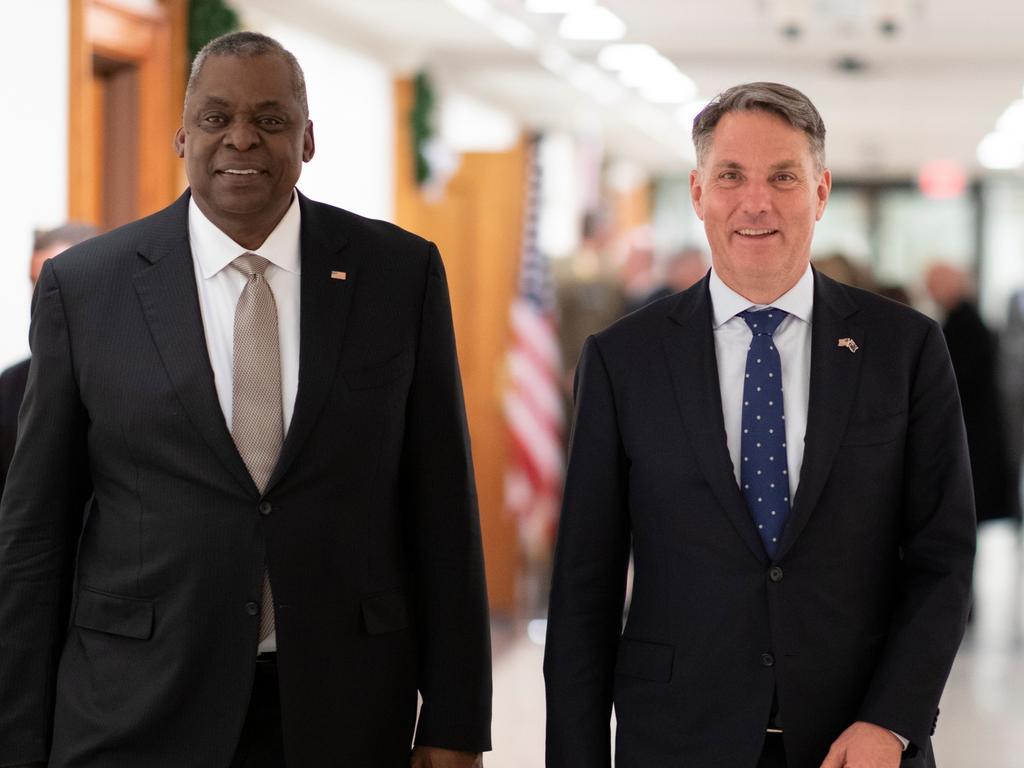

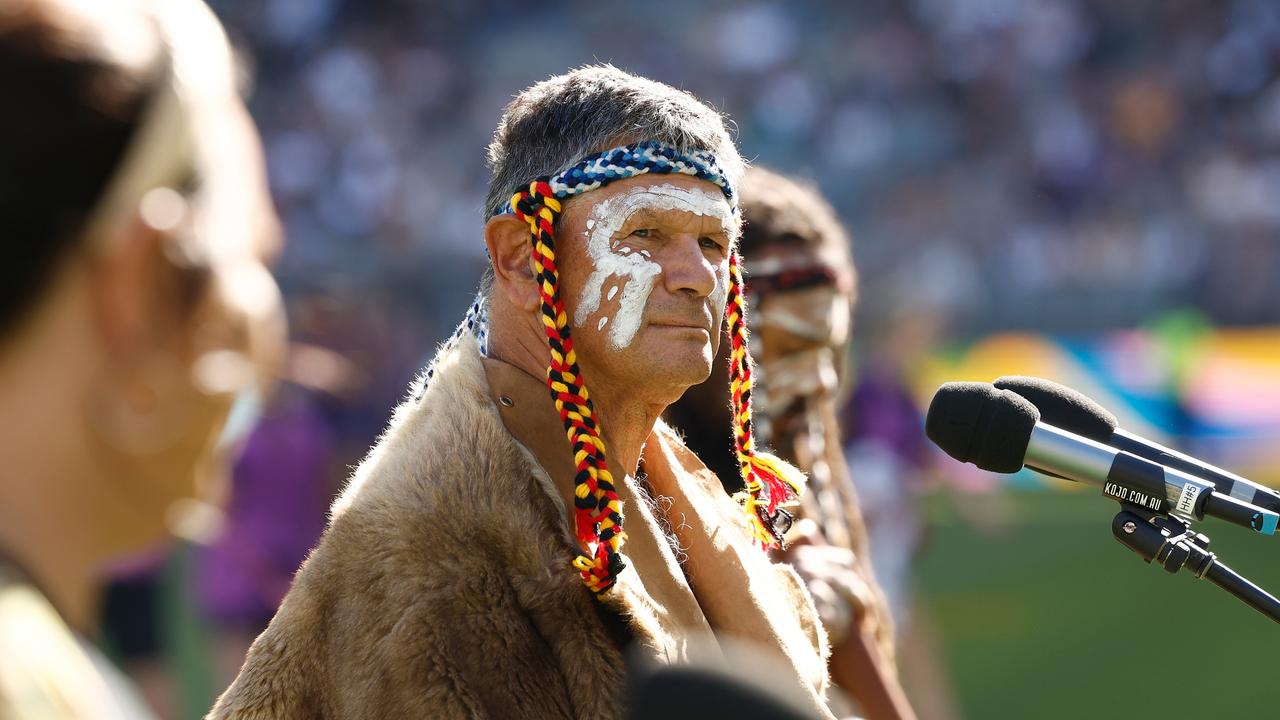

The solution to Australia’s looming submarine capability gap is crystallising. It’ll be the US to the rescue.